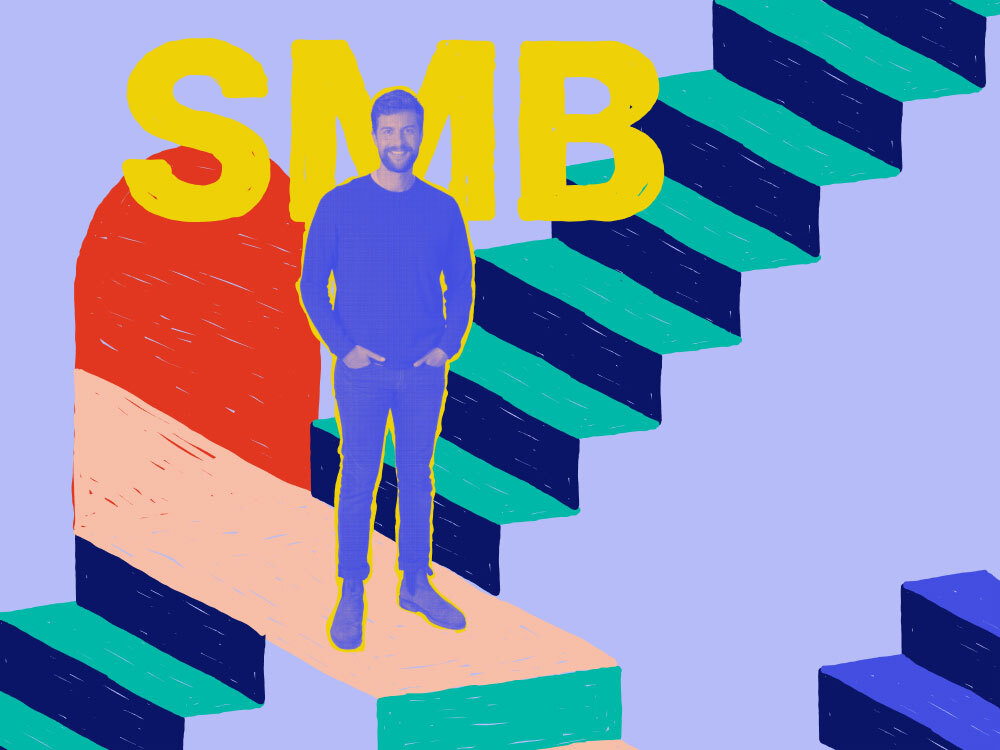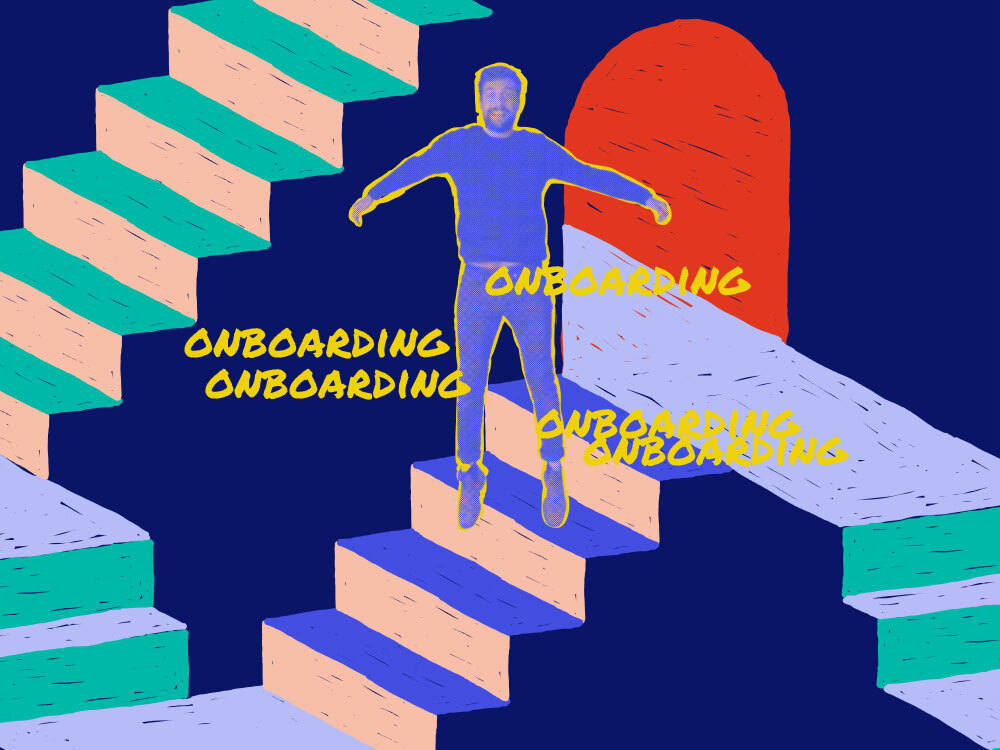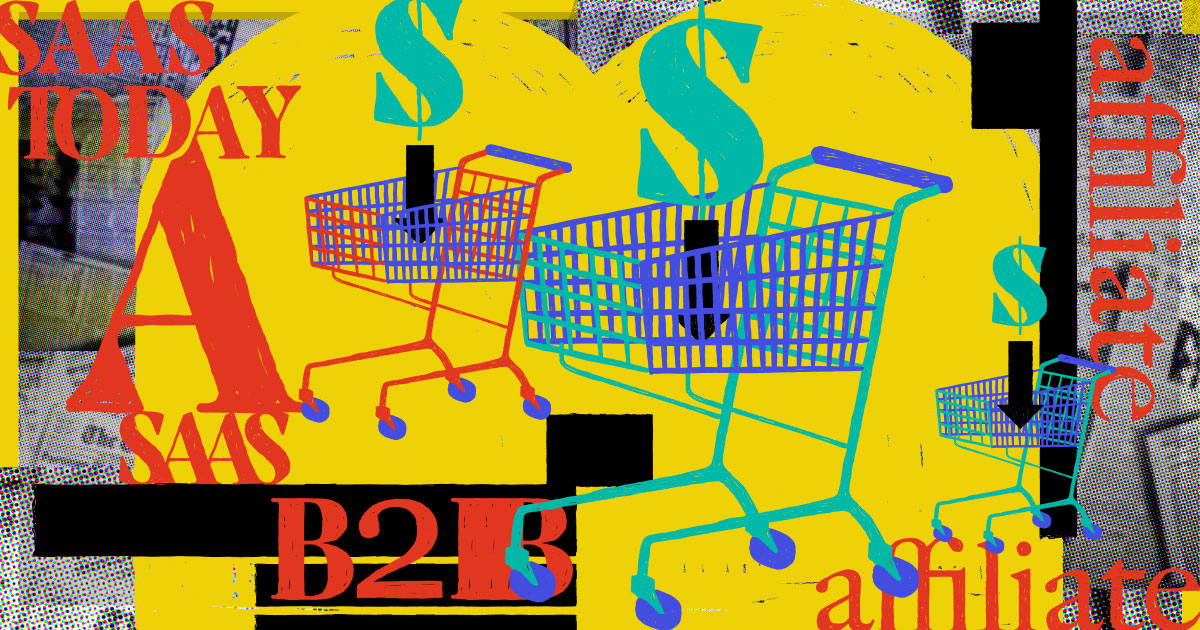Vendor onboarding is an exciting time in new partnership programs. The new vendor is full of enthusiasm about learning dashboards, activating new marketing campaigns, and developing indirect sales channels. It’s not all excitement, though; with so much to learn before a new vendor can become profitable, onboarding can be one of the most difficult parts of the vendor journey to get right. Enter Matt Pogor, Manager of Customer Onboarding at PartnerStack.
Meet Matt Pogor
Matt started with PartnerStack in 2020 as an onboarding consultant, bringing several years of experience in partner onboarding with him from other B2B ventures. Prior to his start in onboarding, Matt was already immersed in the world of partnerships. Now managing the SMB onboarding flow at PartnerStack, he’s the perfect person to walk us through it all. Matt and his team of onboarding consultants are responsible for taking new vendors through the onboarding program at PartnerStack. They provide bespoke service tailored to each program’s business strategies, adding in a decidedly human touch that sets vendors up for success in the SMB market segment.
We sat down with Matt to explore how SMB onboarding works at PartnerStack, giving you the tips, tricks, and actionable advice only a true expert can provide. Here’s how SMB onboarding works at PartnerStack:
Why a great partner onboarding program is important
With PartnerStack’s software, vendors can choose to join affiliate marketing programs, referral or lead programs, deal registration, reseller programs, or any combination of these. With so many potential channels to drive growth, it’s important that the onboarding partner is well set up to maximize momentum at kick-off.
The goal is to provide the onboarding vendor with the tools to reach their goals, including best practices and training needed to confidently build and scale programs. Below, Matt sheds light on exactly what new vendors can expect as they’re onboarding, from the process to the people.
Note: This process is specific to the SMB segment. Midmarket and enterprise onboarding involves a lengthier process with more complex integration paths since these programs are more mature and likely have different goals at the offset.
Related: The best ways to use affiliate links to grow your B2B business.

Here’s how SMB onboarding works at PartnerStack
New vendors will go through five phases in the onboarding process for their new partner program. Matt breaks down each phase of the approximately 40-day onboarding journey:
Alignment
This period is all about discovery — understanding who the new vendor is, their goals for their partner program, and any pain points or blockers that might stop them from achieving success. During this phase, PartnerStack’s onboarding team will discuss the new onboarding partner’s program in detail with them and align on timelines. This alignment phase is essential to create a strong strategy that will help to achieve scalable results that are mutually beneficial.
Review
The next phase of onboarding is about understanding the vendor's customer journey. What enablements do they have available to customers? What milestones do they want to agree to focus on?
In tandem with this, an integration specialist (IS) from the PartnerStack integrations team will take the vendor through the flow of the platform and give an overview of the technology that PartnerStack can support.
Once the review period is complete, version one of the partner program should be fully developed and sent to the vendor for approval.
Training
During this phase, the onboarding team at PartnerStack will take the new vendor through their dashboard and provide detailed education. This phase serves to ensure the vendor is comfortable accessing all the features within the dashboard on their own. Training, courses, payment information, and more are all made available to each vendor through their dashboard, so this step sets them up to be able to leverage that all-in-one capability.
Execution
During the execution phase, the PartnerStack team helps the vendor build out the approved first version of the partner program.
Testing
In this final stage, the onboarding team takes the new vendor through an end-to-end test flow where they will verify their partner journey to ensure that all technology and integrations are working properly. The vendor should now be able to have a partner join their program, make a referral, and earn rewards. If there are any changes that need to be made as a result of testing, these are handled by the onboarding and integrations team until they and the vendor are satisfied with the first iteration of the product.
At this point, the new partner has officially completed the initial onboarding process and is now in the graduation phase. This means they have access to the PartnerStack ecosystem and their account management will be handed off from the onboarding team to the Customer Success Manager (CSM).
What sets PartnerStack’s vendor onboarding program apart?
Other partner softwares might have some or all of the same steps in their onboarding processes, so what makes PartnerStack different? Here’s what Matt says:
Tailored partner onboarding programs
While all new onboarding partners will work through the five-step flow, onboarding isn’t treated as a one size fits all process. Matt emphasizes that this is why the alignment phase is so key to the success of the partner program: so that the vendor’s goals and resources can carefully be considered to achieve success.
Industry knowledge and experience
PartnerStack has onboarded hundreds of companies onto the platform and can help advise, challenge, and optimize based on the industry’s best practices. Well-timed insights mean that a new vendor is equipped with the information and training they need when they need it, from a team with years of experience in partner success.
A people-first attitude
Partner relationship management is contingent on building trust and rapport so that the onboarding team can provide effective training and mutually beneficial results. Matt credits the quality of teams and individuals as one of the key things that set PartnerStack apart (and makes him so happy to be a PartnerStack pancake!).
Related: Here’s how the refreshed PartnerStack portal provides an even better partner experience.

Matt’s top tips for new vendors in the SMB segment
Find simple, scalable solutions
The focus of onboarding is to keep it simultaneously simple and effective. Matt warns that a common roadblock is that vendors will have complex ideas that don’t work out well for the first version of the partner program. It’s important to develop best practices that can scale to set the vendor up for success and iterate on that partner program over time and with growth.
Provide clear, attractive offerings
When attracting new partners, focus on awareness. Create a partner reward structure and make it tangible, so they can instantly gauge the value proposition. For example, if a vendor is creating a rewards structure with a 20 to 30 per cent revenue share for the first 12 months, Matt recommends adding the average payout or contract value to help paint a clearer picture and provide an attractive offering for those partners that are joining the program.
Layer in passive and active recruitment techniques
Matt also recommends layering in some passive recruitment techniques to generate buzz for your partner program, which you can do through the PartnerStack marketplace and through owned placements such as banners on a company website, social media posts, and messaging in email signatures.
For active recruitment, Matt recommends considering the characteristics of an ideal partner and developing an awareness campaign around them (SEO campaigns are a great way to do this). He also advises leveraging existing customers who can act as ambassadors to your new partner program.
Provide onboarding tools and nurture partner relationships
Provide the resources, be it an onboarding guide, sales and marketing assets, company FAQ, or automated emails, to take partners through a full onboarding journey. After you’ve provided these tools, Matt also says building out a one-on-one relationship with partners will go a long way. Take time to check in on them and express genuine interest in their success to nurture your relationship.
Reward top partners
Once your partner program is successfully activating partners, think about optimizing, advises Matt. Consider partnership rewards for top partners like tiering or bonus rewards. Continually developing your incentives to keep partners engaged at every level ensures they each have something to work towards as they grow.
Onboarding is no small task, but taking the time to do it right can make a significant difference in the long-term success of your program. Hopefully Matt’s advice has you feeling even more prepared to welcome new partners onboard!











